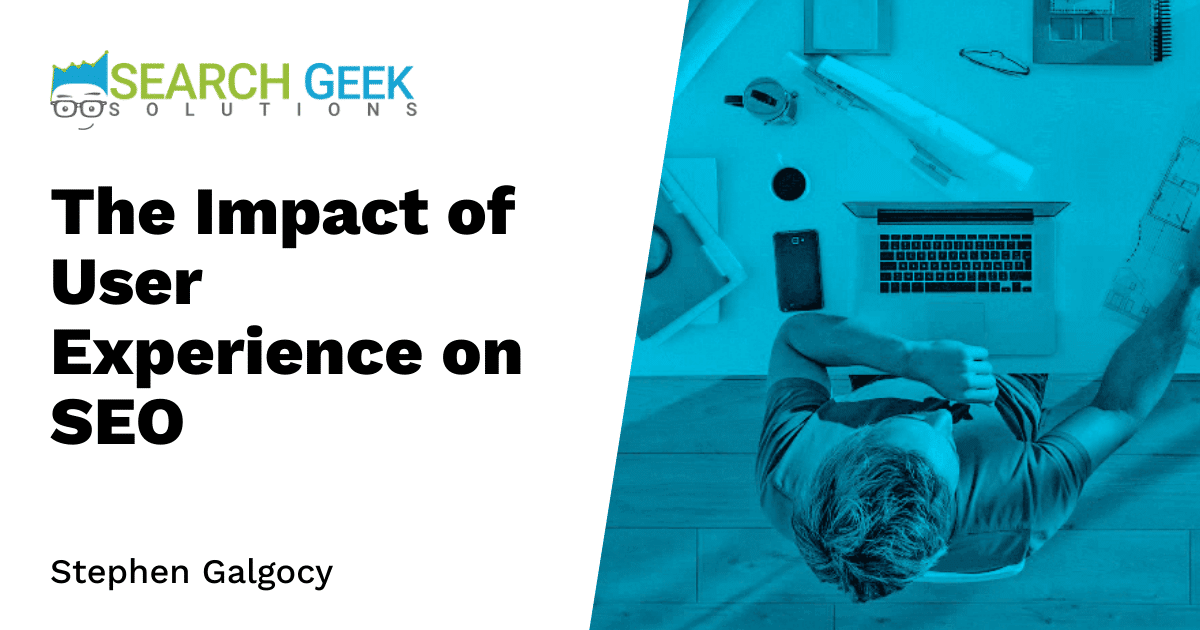User experience (UX) has become a crucial factor in websites and digital platforms. Not only does it enhance the overall user’s satisfaction, but it also affects search engine optimization (SEO). UX optimization can improve the website’s visibility, conversion rates, and user behavior. Let’s explore the impact of user experience on SEO and how it can benefit your website.
What is User Experience?
User experience refers to the user’s interaction with a website or digital platform. It involves understanding user needs, behavior, preferences, and expectations. The goal of UX is to provide a seamless and enjoyable experience for the user. UX encompasses various aspects such as website design, usability, accessibility, and content.
How User Experience Affects SEO?
User experience has a direct influence on SEO. Search engines like Google use several metrics to evaluate a website’s user experience. A better user experience leads to improved metrics, which, in turn, positively affect search rankings. Here are some ways user experience impacts SEO:
1. Bounce Rate
Bounce rate is the percentage of users who leave a website or digital platform after viewing only one page. A high bounce rate indicates poor user experience and leads to a drop in search engine rankings. A well-optimized user experience can reduce bounce rates, keeping users on the website for longer and improving search engine rankings.
2. Page Speed
Page speed is an essential factor in user experience. Websites that load quickly result in more satisfied users and better search engine rankings. A slow page speed can result in a high bounce rate and decreased user engagement. Website optimization techniques such as image compression, code minification, and caching can improve page speed, improving both UX and SEO.
3. Mobile Responsiveness
Mobile responsiveness means the website is optimized for mobile devices. With mobile devices accounting for more than half of all web traffic, Google ranks mobile-optimized websites higher. Websites with mobile optimization have a better user experience, resulting in more user engagement, lower bounce rates, and higher search engine rankings.
How to Improve User Experience for SEO?
Optimizing user experience will lead to improved search engine rankings and a better overall user experience. Here are some ways to improve user experience for SEO:
1. Improve Website Speed
Website speed is critical in user experience. A faster website will keep users engaged for longer, leading to lower bounce rates and increased search engine rankings. Optimizing website speed requires several techniques such as image optimization, cache optimization, and code minification. A fast website also leads to more engagement, which, in turn, leads to a higher search engine ranking.
2. Optimize Website for Mobile
More than half of all web traffic comes from mobile devices. A mobile-friendly website is a necessity for good UX and improved SEO. Google’s mobile-first indexing means mobile-friendly websites rank higher than non-mobile-friendly websites. When optimizing a website for mobile, consider the responsive design, fast load times, and mobile-specific interactions.
3. Improve Website Navigation
Poor website navigation leads to a high bounce rate. A well-designed navigation system leads to a better user experience, keeping the user engaged for longer. When designing website navigation, consider using clear and concise labels, intuitive layout, breadcrumbs, and search functionality.
Frequently Asked Questions
-
What is SEO?
SEO or Search Engine Optimization is a process that improves the quantity and quality of traffic to a website from search engines. The process involves several strategies such as high-quality content creation, keyword optimization, and link building.
-
What is User Interface?
User Interface or UI is the graphical and interactive interface of a website or digital platform. UI design focuses on the look, feel, and interactivity of the website to enhance user experience.
-
What is User Experience Design?
User Experience Design or UX design focuses on the holistic design of a website or digital platform. UX design includes elements such as information architecture, visual design, interaction design, and usability.
-
What is Page Load Time?
Page load time is the time it takes for a webpage to load completely. It is an essential factor in user experience. A faster page load time leads to better engagement and search engine rankings.

